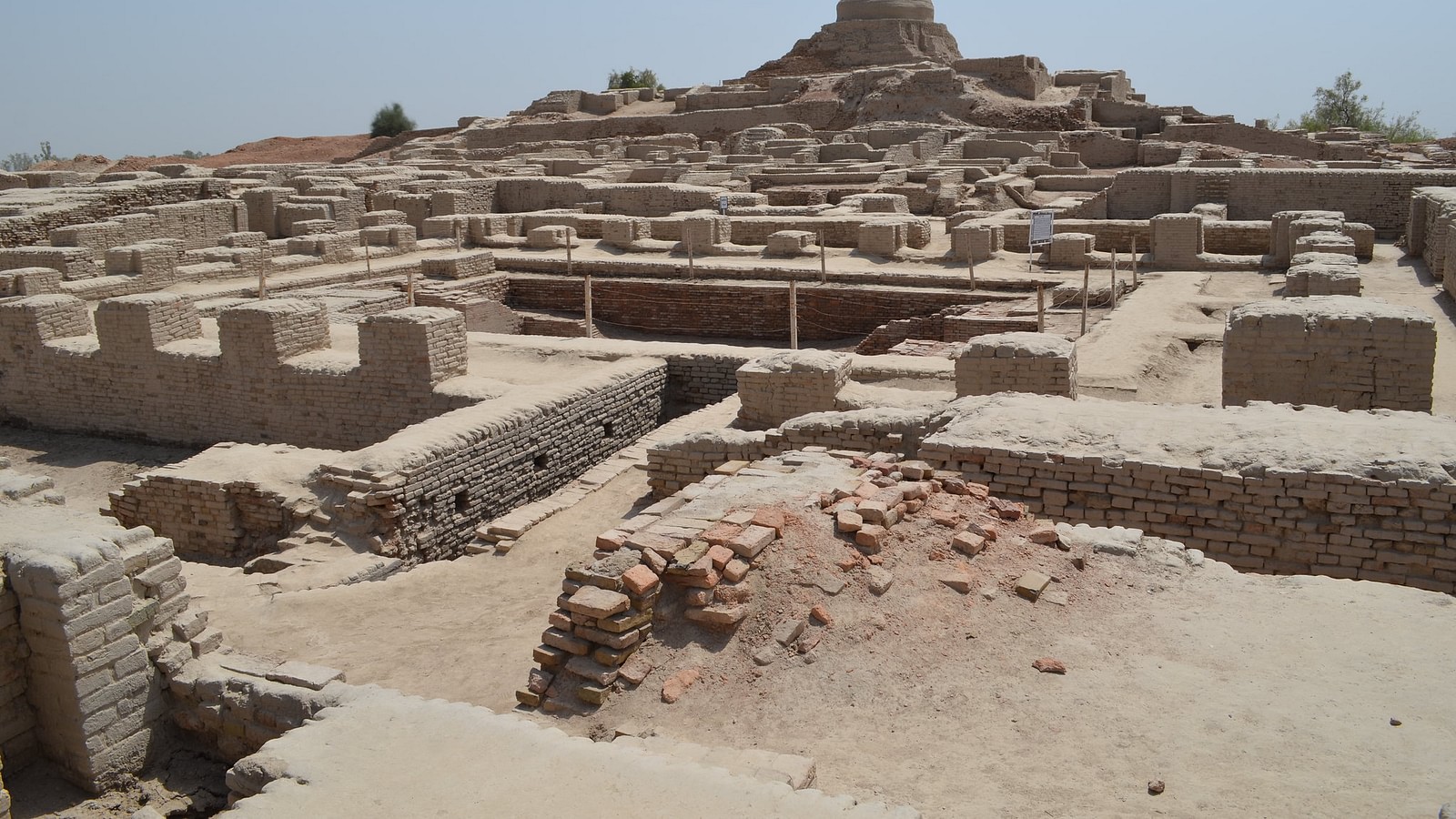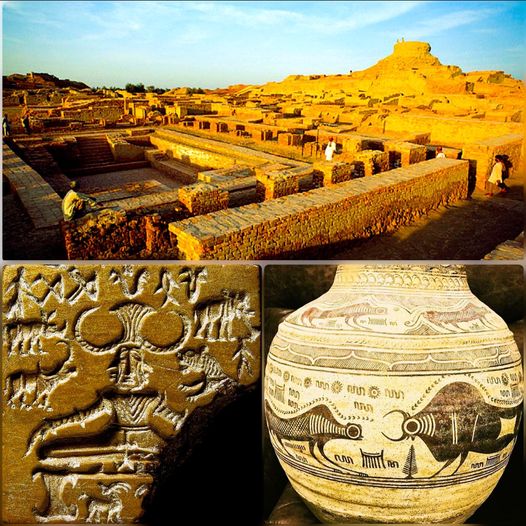Imagine a city from 4,500 years ago with advanced plumbing, multi-story buildings, and a thriving trade network spanning thousands of miles. This was Harappa, the enigmatic Lost City of the Indus Valley Civilization.
A Glimpse into Harappa’s Glory

Harappa emerged around 2600 BC in what is now Pakistan, becoming one of the major urban centers of the Indus Valley Civilization. The city’s layout was meticulously planned, with a grid-like pattern of streets, sophisticated drainage systems, and impressive public baths. Harappans were masterful urban planners, ensuring their city was both functional and resilient.
The people of Harappa were skilled artisans, known for their exquisite jewelry, intricate pottery, and advanced tools. Their craftsmanship was unparalleled, with artifacts revealing a deep understanding of metallurgy and artistry. Harappan seals, made from steatite, depict a variety of animals and symbols, indicating a complex societal structure and possibly a form of communication or trade documentation.
The Extent of Harappan Trade

Harappa’s influence extended far beyond its borders. The city was part of a vast trade network, with evidence of commerce with distant lands like Mesopotamia, now modern-day Iraq. Harappan goods, including beads, pottery, and metal tools, have been found in Mesopotamian sites, highlighting the extensive reach and economic prowess of the Indus Valley Civilization.
The Enigmatic Decline
However, around 1900 BC, Harappa was abruptly abandoned. The reasons for this sudden decline remain one of history’s greatest mysteries. Several theories have been proposed:
Natural Disasters: Some archaeologists suggest that natural calamities like earthquakes or floods may have led to the city’s abandonment. The Indus River, which played a crucial role in Harappa’s prosperity, could have changed its course, disrupting the water supply and agriculture.

Invasion: Another theory is that invading forces might have caused the downfall of Harappa. However, there is limited evidence to support this, as no significant signs of warfare have been found in the ruins.
Climate Change: Climate change might have played a crucial role. Shifts in monsoon patterns could have led to prolonged droughts, making agriculture unsustainable and forcing the population to migrate.
Societal Collapse: It is also possible that internal social or economic factors led to the city’s decline. Overpopulation, resource depletion, or political instability might have contributed to the collapse.
The Mystery Continues

Despite extensive excavations, much about Harappa remains unknown. The Harappans left behind no written records we can completely understand, adding to the mystery. The script found on Harappan seals and pottery remains undeciphered, leaving their language and many aspects of their culture a subject of speculation.
Harappa’s Legacy
What we do know is that the achievements of the Harappan civilization continue to captivate and inspire us. Their advanced urban planning, technological prowess, and expansive trade networks are a testament to their ingenuity and resilience.
As archaeologists and historians continue to uncover more about this ancient city, Harappa stands as a poignant reminder of the complexities of human societies and the mysteries that still lie beneath the sands of time. The story of Harappa, with its rise and sudden fall, leaves us with a sense of wonder and a deep appreciation for the sophisticated civilizations that shaped our history.

